How The Internet of Things Is Reshaping The Way We Talk About Energy Efficiency
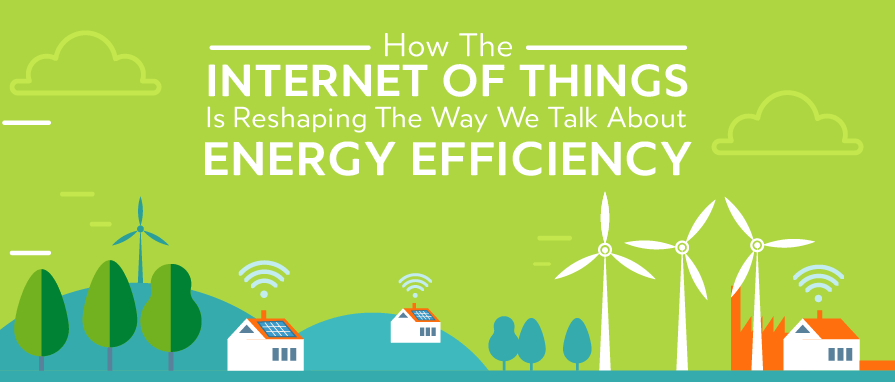
It’s no surprise: connectivity is changing how we live and how we do business. From faster communication to more efficient productivity, the internet has allowed information to always be at your fingertips.
Mobile devices, wearable tech, autonomous cars, smart homes have all changed the standard of living for many people around the world. Thanks to the Internet of Things, there’s no limit to how we can use objects to make the world a better place.
What Is the Internet of Things?
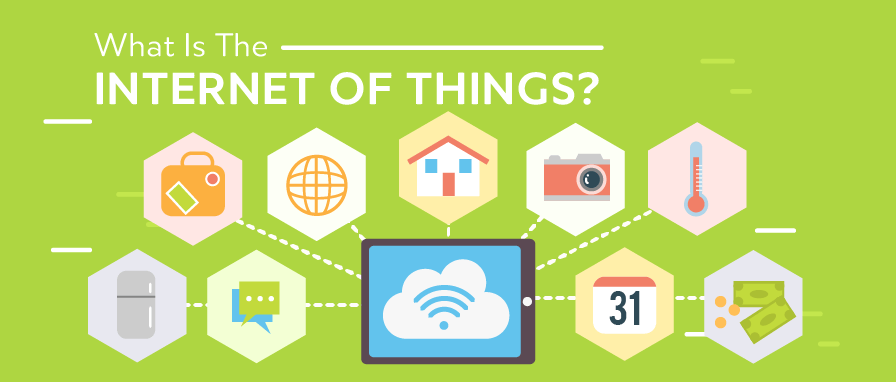
The Internet of Things (IoT) was coined in 1999 by British technologist Kevin Ashton to define the network that connects people with the objects around them. Almost two decades ago, the term seemed like science fiction. The idea of machines performing autonomous actions using AI technology became central conflicts in films like The Matrix, Bicentennial Man, and even the Disney Channel Original Smart House.
Today, IoT is a reality with innovators in technology and engineering working to make life more convenient and sustainable.
Who Benefits from IoT Technology? Everyone, Actually
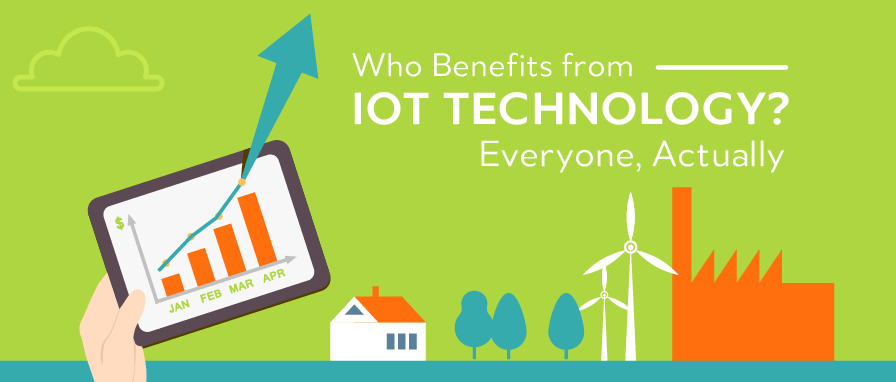
One of the most exciting characteristics of the IoT is its scalability. The whole concept behind the Internet of Things is that it contains applications for every level of the economy.
- With IoT, businesses have access to…
- More reliable user data
- Lower operating costs
- New opportunities for new products and services
- With IoT, consumers have access to…
- Faster and more efficient technology
- “Smart” technology that integrates your car, home, and more to your devices
- Better security with fingerprint ID and Face ID on objects and phones
- With IoT, governments have the ability to…
- Create Smart Cities
- Lower public utility costs
- Provide opportunities for tech companies to grow in local cities, states, and countries
Data acquisition, personalized tech, and connectivity between devices are concepts that can apply equally to small consumer devices or major corporate systems. As such, with more access to Broadband Internet expanding the globe and technology costs reducing across industries, it’s no wonder that the IoT can also make a positive impact on the environment.
The State of Energy Efficiency
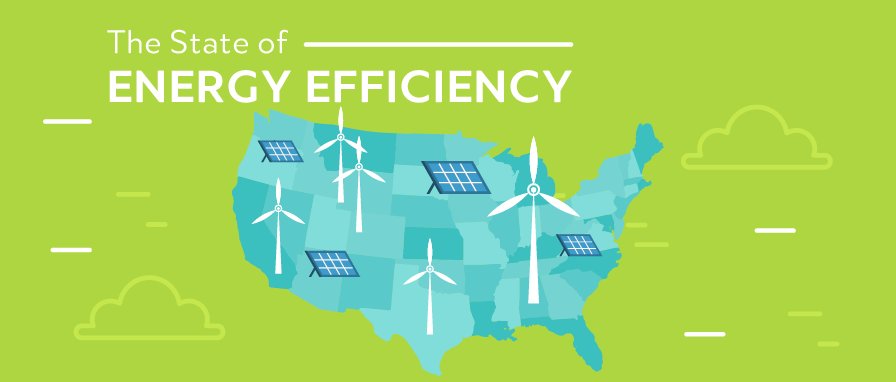
In 2017, despite policy shifts at the federal level in the United States, many local governments became more involved in championing energy efficient policy and using technology as a resource. Not only that, there were greater investments in technology and the total savings across utility programs increased. While we may still be a ways off from a sustainable planet, many scientists are optimistic about how IoT can make energy efficiency both effective and accessible to the masses.
Energy Efficient Use Cases of IoT Technology
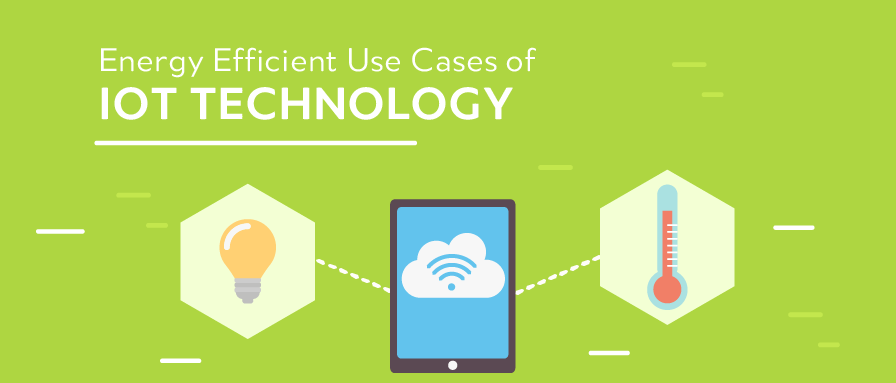
Residential Applications: Smart Homes
Here are a few increasingly-popular ways to use the IoT to reduce your at-home utility costs and personal carbon footprint:
- Smart lighting.
Smart lighting may seem like a simple upgrade (which it is), but it can have incredible energy savings and utility spending. For example, the city of Barcelona saves $37 million a year, thanks to smart lighting.
If you want to implement smart lighting into your own home, it’s relatively simple. Phillips Smart Hue bulbs and other smart lighting products can be controlled remotely, allowing you to turn the lights off via smartphone even if you’re already out of the house. Another common feature of contemporary smart lighting systems is their ability to connect to IoT-compatible motion detectors, which ensures that they will only turn on when a person is in the room where they are installed. These features can provide homeowners with more than 35% savings when compared to the energy used by standard light bulbs.
- Smart thermostats.
So much energy is wasted every year because of wasted heating bills or improper insulation. Smart thermostats are also an easy upgrade that you can use across your home or your business.
Products like the Nest Learning Thermostat and Temperature Sensors can connect to each other, ensuring that each individual room in your home has a custom temperature set depending on time of day and season. As such, you’ll only spend money to heat or cool the portions of your home that actually need to be temperature-controlled when you’re in them.
Commercial Applications: Offices, Industrial Complexes and Large Developments
Residential buildings aren’t the only places where the IoT can be a game-changer. In fact, more than three quarters of businesses view the IoT as a critical part of their future success.
In commercial applications, IoT technology has uses beyond saving power for specific functions such as lighting or heat. It is more commonly used to provide actionable data on larger interconnected systems, as in the following examples:
- Power monitoring.
Imagine an office building where the amount of power being used in each specific room can be monitored and that data can be viewed from a centralized hub. Microsoft Azure is one such hub, relying on a device-to-cloud telemetry model that allows bidirectional communication with literally billions of IoT products.
- Remote optimization.
One of the major advantages the IoT provides is the ability to remotely control connected devices through the cloud. A systems administrator using a commercial hub should be able to remotely control systems all over a facility to ensure that all of them are performing efficiently.
Are the lights in the conference room using a disproportionate amount of energy? Not to worry—reprogram them from across the building so that they turn off whenever a meeting is not scheduled.
Public Applications: The Future of IoT
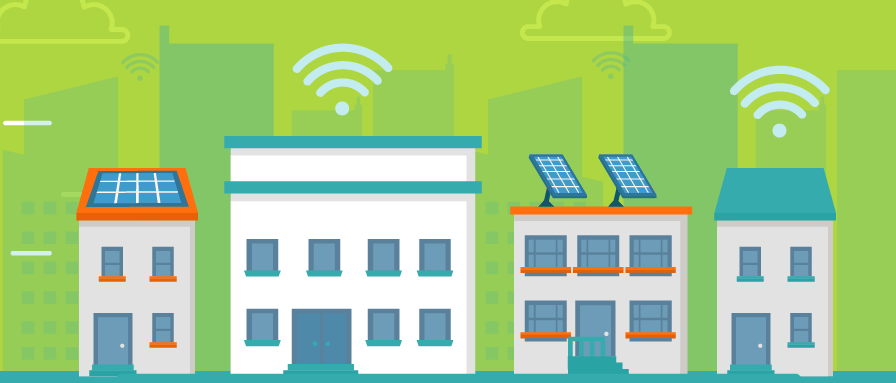
IoT technology can have even more impressive impact when implemented on a large scale. If a few interconnected smart devices can save homeowners hundred of dollars per year or improve the bottom line for a single business, just think what widespread implementation of such technology could do for an entire city—or country. Here are a few ways in which IoT technology could change the world as we know it:
- Smart traffic lights.
IoT connected traffic lights could represent a major leap forward in the way we think about mobility in urban areas—and they could also make cities a lot cleaner.
Circuits embedded in individual vehicles could communicate with traffic signals by providing them with location data that could be used to regulate the flow of vehicles throughout a given area. This would reduce congestion, thereby lowering the emissions caused by idling vehicles and helping motorists reach their destinations with fewer delays.
- Data aggregation for public utilities.
If homes and businesses can monitor their own energy usage, why can’t governments apply IoT technology to their own infrastructure?
San Diego currently uses a system of smart LED streetlights that are connected to motion sensors so that they only turn on when there are people around. This improvement is estimated to save the city more than $250,000 each year. The city of Philadelphia has also saved an estimated $1 million per year by investing in solar powered garbage cans that compress waste and automatically notify garbage collectors when they’ve reached capacity. This is only the beginning of how public utilities can be reshaped using IoT.
The IoT already provides numerous opportunities for individual citizens and business owners to cut costs and use less, but we’re only at the tip of the proverbial iceberg. As more governments embrace the energy-saving potential that large-scale IoT implementation can bring to public areas and installations, we may well begin to solve pressing environmental and economical problems that have troubled our society for decades.
From single-family homes to sprawling corporate facilities and entire urban areas, the IoT can provide cleaner and greener ways to use the precious resources we all share. Stay up to date on new technology and look for ways to incorporate energy saving smart devices into your life so that you can be a part of the revolution.


